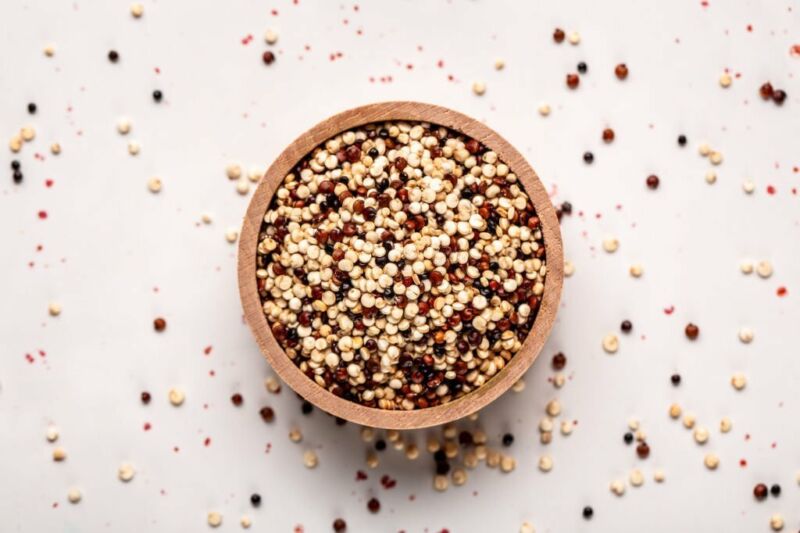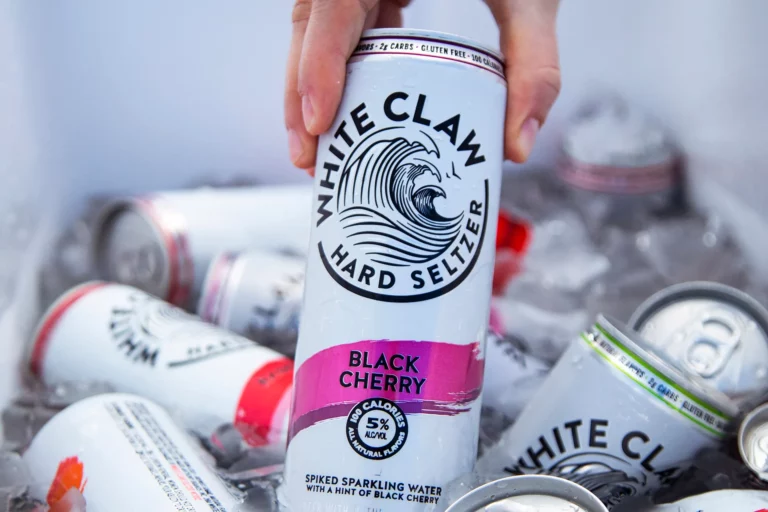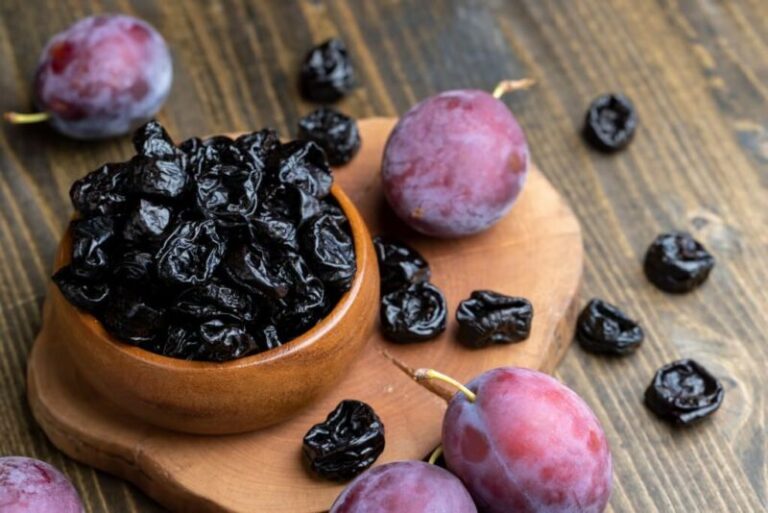Can You Eat Raw Quinoa? A Complete Guide
Quinoa has become an increasingly popular health food in recent years. This ancient grain is rich in protein, fiber, vitamins and minerals. With its stellar nutritional profile and status as a gluten-free food, quinoa appeals to many health-conscious eaters and those avoiding gluten.
But many people wonder – can you eat raw quinoa? Or is quinoa only meant to be consumed cooked?
In this complete guide, I’ll cover everything you need to know about eating raw quinoa, including its nutrition benefits, preparation tips, and potential downsides. By the end, you’ll understand if raw quinoa can fit into a healthy lifestyle.
An Introduction to Quinoa
Before diving into raw quinoa, let’s start with an overview of quinoa itself.
Quinoa is an ancient pseudocereal that originated in the Andean region of South America. It has been cultivated for over 5,000 years and was considered “the gold of the Incas” for its nutritional value.
Unlike true cereals, quinoa is gluten-free and is not technically a grain. Botanically, quinoa is a seed from the goosefoot plant, Chenopodium quinoa.
There are over 120 varieties of quinoa, but the most common types are white, red and black quinoa. They offer similar health benefits.
In recent decades, quinoa has grown in popularity due to its stellar nutrient profile:
- High in protein – Quinoa contains all 9 essential amino acids, making it a complete protein. One cup of cooked quinoa provides 8 grams of protein.
- High in fiber – A good source of fiber at 5 grams per cooked cup. The fiber in quinoa is mostly insoluble, promoting regularity.
- Rich in B vitamins – Particularly high levels of thiamine, riboflavin, niacin, B5 and B6. These B vitamins support energy metabolism.
- Provides iron and antioxidants – Quinoa delivers 15% of the RDI of iron per cup. It also contains beneficial plant compounds like quercetin, kaempferol and phenolic acids that act as antioxidants.
- Naturally gluten-free – The lack of gluten makes quinoa a go-to grain for those with celiac disease or gluten sensitivities.
With this stellar nutrition profile, it’s no wonder quinoa consumption has steadily grown over the past few decades. Most people are familiar with quinoa as a cooked grain, but what are the pros and cons of eating quinoa raw?
Is Raw Quinoa Safe to Eat?
Before eating any raw plant food, it’s important to consider food safety. So is raw quinoa safe?
There are a couple factors to be aware of:
Saponins in Quinoa
Uncooked quinoa contains saponins, which are natural compounds found on the outer seed coating of the grains. Saponins give quinoa a bitter taste.
Saponins also act as anti-nutrients, meaning they can interfere with nutrient absorption in the body. And they may irritate the digestive tract, provoking a soapy, upset stomach in some people.
That’s why quinoa is almost always rinsed before cooking. Rinsing helps get rid of the saponins.
But some saponins still remain even after rinsing, which is a concern when eating raw quinoa. Consuming a lot of raw quinoa with saponins could potentially trigger indigestion, bloating or diarrhea.
Bacterial Contamination
Like most raw grains, raw quinoa carries a risk of bacterial contamination. If quinoa becomes infected with dangerous bacteria like Salmonella, E. coli or Listeria, it can cause severe food poisoning.
immunocompromised individuals, the elderly and pregnant women need to take particular caution with raw quinoa and be vigilant about food handling practices.
So raw quinoa does require some safety precautions. But there are ways to enjoy raw quinoa while minimizing risks:
Sprouting Raw Quinoa
Sprouting is the best preparation method for consuming raw quinoa.
Sprouting involves soaking quinoa grains to allow them to germinate and begin growing into a new plant.
During the sprouting process, several positive changes happen:
- Saponins are broken down – This makes quinoa taste less bitter and easier to digest.
- Phytic acid reduces – Phytic acid can bind to minerals like iron, zinc and magnesium and inhibit their absorption. Sprouting diminishes phytic acid.
- Vitamin levels increase – Specifically vitamin C, folate, vitamin K. Enzyme activity also increases during sprouting.
- Bioavailability improves – Sprouting is thought to improve the bioavailability and absorption of many vitamins and minerals.
By sprouting prior to eating raw, quinoa becomes more nutritious and easier on digestion. Even just overnight soaking can help reduce saponins.
Tips for sprouting quinoa:
- Rinse quinoa and soak overnight in water
- Drain water and keep quinoa moist in a jar for 1-3 days, rinsing twice daily
- Once sprouted, rinse well and refrigerate to stop sprouting process
- Enjoy sprouted quinoa within a week for the best quality
Comparing Raw vs. Cooked Quinoa Nutrition
Now let’s dive into the nutritional differences between raw and cooked quinoa.
Raw Quinoa Nutrition Highlights
Here are some of the top nutrients found in higher amounts when quinoa is eaten raw:
- Vitamin C – Quinoa has a decent amount of vitamin C, with one cup providing 16% of the RDI. Cooking decreases vitamin C by around 30%.
- Folate – Also heat sensitive, around 30% of folate is lost during the cooking process. Folate is important for cellular function and tissue growth.
- Antioxidants – Cooking leads to losses in antioxidant compounds like quercetin, kaempferol, ferulic acid. These help neutralize free radicals.
So raw quinoa offers advantages for nutrients that are vulnerable to heat. Keep in mind though, raw quinoa may have lower bioavailability for certain nutrients because of the effects of phytic acid. Cooking neutralizes phytic acid.
Cooked Quinoa Nutrition Perks
Cooking has its advantages too. Here’s what the cooking process enhances:
- Protein digestibility – Cooking makes quinoa protein more bioavailable and digestible, especially for those sensitive to raw protein.
- Mineral absorption – The phytic acid in raw quinoa can inhibit mineral absorption. Cooking breaks down phytic acid, promoting absorption of iron, zinc and magnesium.
- Weight loss benefits – Cooked whole grains like quinoa help improve satiety after a meal. This supports weight loss by keeping you full for longer.
Both raw and cooked quinoa offer important nutritional benefits. Raw quinoa boasts heat-sensitive vitamins and antioxidants, while cooking enhances protein digestibility and bioavailability of key minerals.
How to Eat Raw Quinoa
Now that you know the nutrition profile and benefits of raw quinoa, how can you enjoy it?
Here are some tasty ways to eat more raw sprouted quinoa:
Quinoa Breakfast Bowl
Top yogurt, oats or chia pudding with crunchy sprouted quinoa for a protein and fiber-packed breakfast. Add your favorite fruits, nuts and seeds.
Raw Quinoa Wraps or Sandwiches
Wrap up sprouted quinoa and vegetables in collard greens or lettuce leaves for a fresh, portable meal. Quinoa works nicely in place of cooked grains in sandwiches and wraps.
Quinoa Salad
Toss sprouted quinoa into any leafy green or grain salad. Combine with chickpeas, avocado, nuts and vinaigrette dressing for a balanced salad full of flavor and nutrition.
Baked Quinoa Energy Bites
Make raw cookie dough using quinoa flakes, nut butter, oats, seeds, honey and chocolate chips. Roll into bite-size balls and bake into crispy, protein-rich energy bites.
Quinoa Trail Mix
Mix together sprouted quinoa with nuts, seeds, shredded coconut and dried fruit for a crunchy high-protein snack on-the-go.
Quinoa Veggie Sushi Rolls
Make sushi rolls with quinoa for added protein and use thinly sliced vegetables like carrots, cucumbers, avocado. Roll up in nori seaweed sheets for a fresh, satisfying meal.
Potential Precautions with Raw Quinoa
While raw quinoa can be enjoyed safely with proper preparation, there are still some precautions to keep in mind:
- People with digestive problems may have trouble digesting raw quinoa, even after sprouting. Cooked quinoa is easier to digest.
- Anyone with a compromised immune system should avoid raw quinoa due to the higher risk of foodborne illness.
- Take care when sprouting quinoa at home. Improper sprouting can lead to mold growth and spoilage.
- Children, pregnant women, older adults should exercise caution with raw quinoa and sprouting.
As with any raw foods, moderation is key. Introduce raw quinoa slowly and consult a healthcare provider if concerned. Most people tolerate cooked quinoa quite well.
The Bottom Line: Should You Eat Raw Quinoa?
Raw quinoa can be a nutritious addition to your diet, in moderation. Properly sprouting quinoa prior to eating raw enhances the nutrition and reduces anti-nutrients.
However, quinoa is still easiest to digest when cooked. Both raw and cooked quinoa offer health benefits with their stellar nutrient profiles. Include a mix of raw and cooked quinoa for a balanced approach.
When preparing raw quinoa, be diligent about proper sprouting techniques and food safety. Start slowly and stick to reasonable portion sizes.
At the end of the day, listen to your body. Raw quinoa agrees with some better than others. Find the preparation method that provides you the most nutritional benefit.
With its fantastic nutrition, versatility, and ease of preparation, quinoa is a valuable superfood to include in your routine – either raw, cooked or both.






